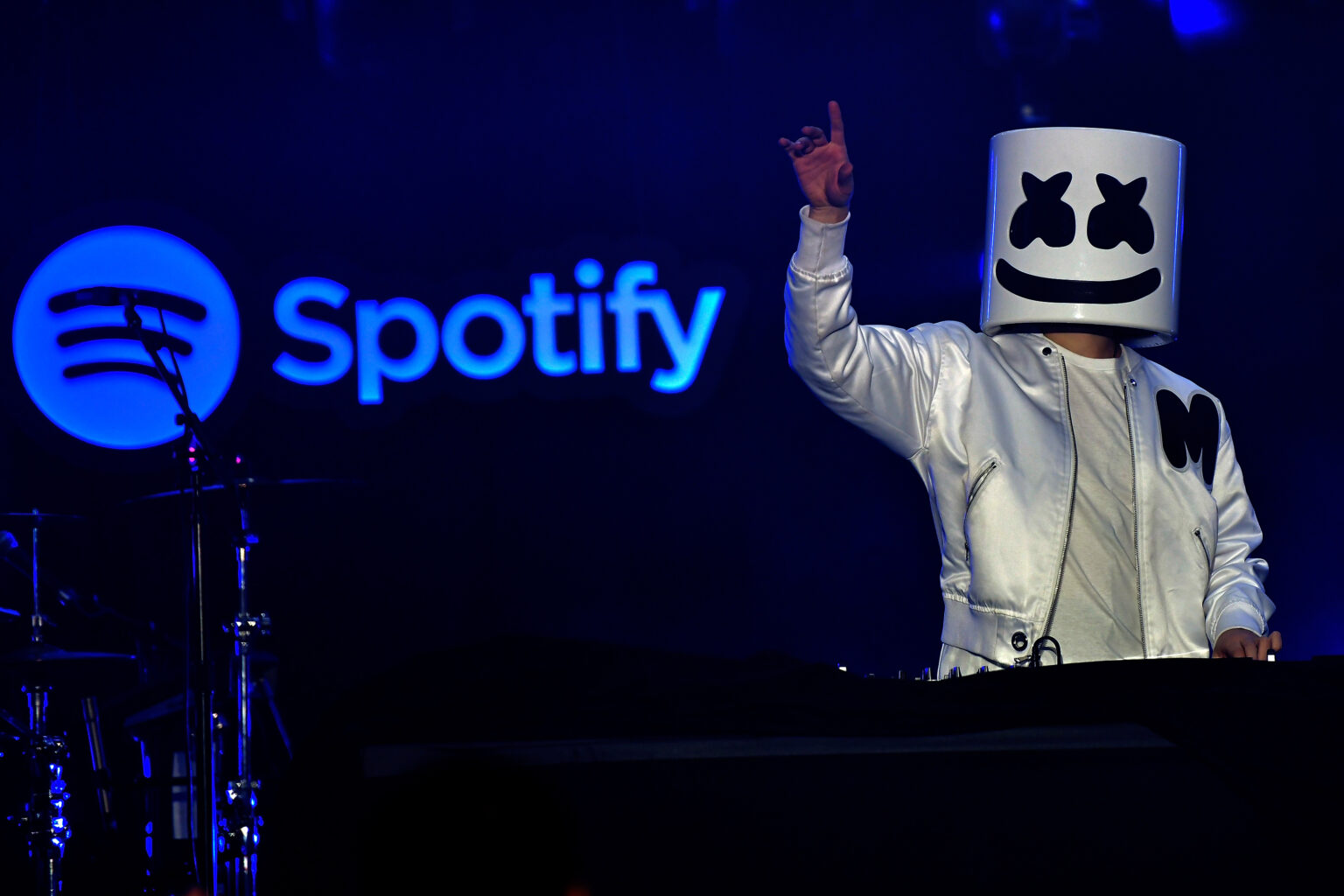Music and podcast streaming platform Spotify reported its first full-year profit since going public in 2018. Last week, the company posted its Q3 2024 results, revealing it was on track to net $1.5 billion in profit for the year, along with its highest-ever quarterly profit margin of 31.1%.
The company also reported a gain of 14 million monthly active users, bringing its total to 640 million—an 11% growth compared to the same quarter last year.
Despite having nearly a quarter billion paying subscribers, Spotify has struggled to turn a profit. In addition to its expensive operational overhead, including more than 1,600 software engineers, Spotify’s largest operational expense is royalties to the creators on its platform.
In a press release earlier this year, Spotify shared that it had paid out over $40 billion in royalties to date, “and counting.” The company also noted it is combating artificial streams, which it says divert as much as $200 million in royalties away from legitimate content creators.
Spotify’s Subscription Upgrades
Part of Spotify’s success in 2024 can be attributed in part to changes in its subscription structure implemented in late 2023, particularly the addition of audiobooks to its paid offerings.
Spotify’s $11.99-per-month Premium individual subscription currently includes 15 hours of audiobooks in addition to unlimited ad-free music—a compelling deal for users compared to the $9.99 per month charged for its recently introduced audiobooks-only subscription. As an additional revenue source, users can purchase 10-hour audiobook add-on blocks for $12.99.
The “bundling” of audiobooks with music subscriptions benefits Spotify in two key ways. Firstly, mixed content types create a more appealing product, helping Spotify attract more paid users. Secondly, Spotify can capitalize on avid audiobook listeners purchasing 10-hour add-on blocks. The inclusion of 15 hours of audiobook streaming per month for paid users makes this a win-win for both Spotify and its customers.
Implications on Royalties
But perhaps the bigger benefit for Spotify is that bundling audiobooks and music into one subscription allows the company to pay a lower “mechanical royalty rate,” as outlined in a rule set by the Copyright Royalty Board and Library of Congress in January 2023.
This rule enables Spotify to pay a lower percentage of its “total content costs” as royalties than it did as a standalone music-streaming service.
According to financial statements, Spotify paid $9 billion in royalties in 2023 at a royalty rate of 26.2% of its total content cost. As a bundled service, however, it is subject to a royalty rate of 24.5%—a difference that would have saved the company an estimated $150 million.
Wall Street Celebrates
The success of the bundling strategy was celebrated on Wall Street following the company’s Nov. 12 earnings report. Spotify’s stock jumped $37 in after-hours trading, rising from just under $420 to $457. Spotify’s stock was trading at just under $385 at the start of November.
Still, the streaming giant faces challenges ahead, including lawsuits over the bundling strategy and subsequent royalty restructuring. The current royalty percentages will expire in 2027, at which point they may be subject to change.
This article is for informational purposes only and does not constitute financial advice. Neither Fiscal Report nor the author receive a commission through links in this content.


